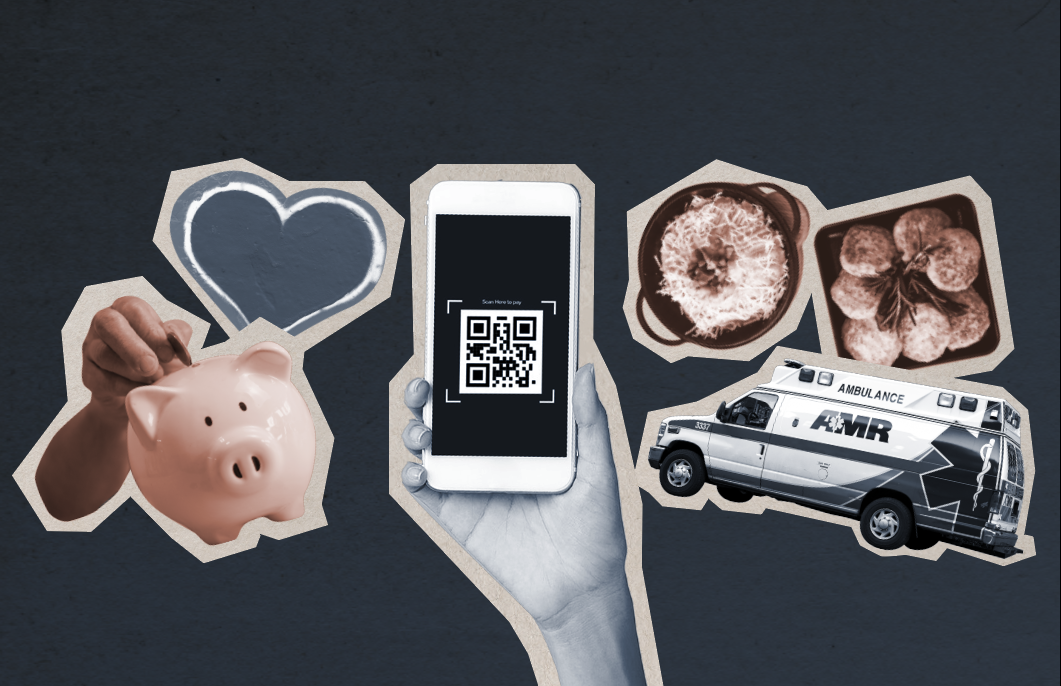It seems that a smartphone is necessary to do almost anything. We look at some of the things you can’t do without reaching into your pocket.
The digitization of customer service is a trend that continues to gain steam with everyday interactions being directed through apps, chat bots, and social media. The conveniences of these automated interactions are obvious. Chat bots never sleep, after all. But is something being lost? As companies funnel us through more and more digital channels, is the human touch being eliminated? And what about those who are unable to participate in the digital world? It’s a fair question to ask: are digital options turning into digital handcuffs?
Convenience at What Cost?
‘I just want to talk to a person!’ In decades past the angry person mashing keys while stuck on hold on their telephone was almost a cliché. The situation was seen as the epitome of faceless corporate cost-cutting. Today customers have come to expect their interactions to be digital. In many cases, they prefer it that way.
But is there a cost? While chatbots minimize queues and eliminate human error, they aren’t always able to deal with complicated or nuanced situations. They also create an artificial layer between company and customer. Society-wide, people are increasingly concerned about social isolation and the deterioration of communication skills. While it may seem a bit rich to suggest that less time spent interacting with customer service agents will have a significantly detrimental impact on mental health, it’s just one more example of digital walls replacing human contact.
Access for All?
Some members of society don’t have the means to acquire a smartphone. Others lack the technical know-how or simply wish to live their lives offline. Should this preclude them from ordering takeout?
When critical services are digitized, those without smartphones are not merely inconvenienced, but isolated from important aspects of citizenship.
“More than ever, access to healthcare, education, social services and often to our friends and family is digital, and the smartphone is an essential lifeline for people,” says a spokesperson for UK mobile network Vodafone.1 In these situations is a smartphone a mere luxury or a prerequisite to personhood?
Examples of Customer Service Digitization
The automation of customer service is impacting the way customers navigate various industries. The approach has pros as well as cons. The following represent just a few examples.
Hospitality
Companies like Starbucks have used apps to great success.2 They streamline the ordering process and gamify incentive programs. Of course those without the app are free to walk into the store and complete their transactions the old fashioned way.
Restaurants are increasingly replacing physical menus for digital ones accessed through QR codes. In cases where paper menus are not an available option, this proves an impediment for those lacking cell phones (not to mention those experiencing poor service or dead batteries).Some restaurants have even done away with telephone orders for take-out,3 requiring customers to utilize order-taking apps instead.
Travel and Airlines
While digital check-in provides an opportunity to get first dibs on that aisle seat, a cell phone is not a complete necessity for flying. Things temporarily got more complicated during the pandemic when digital Covid-passports and other forms of electronic verification became necessary for travel.
Other travel services, such as AirBnB and Uber, are built solely for those with the digital means to utilize them.
Finance and Insurance
Digital insurance cards are increasingly being used as alternatives to physical cards.4 Automated claims processes offer convenience to those who prefer handling their business online, but it’s important that options remain for those who don’t.
The Van City Credit Union now charges a fee to customers who wish to speak with a person!5
Health Care
Telehealth has brought greater care to rural areas and eliminated the need for sick people to travel to clinics and hospitals. There are limitations, however, such as imaging testing and blood work, which must be done in person, for obvious reasons.
Overall, telemedicine is a positive, so long as it doesn’t preclude people from having the option of seeing a health care provider in person.
Certainly there’s no use in fighting technology as the digitalization of customer service is not a trend likely to reverse anytime soon. Indeed, there are conveniences and advantages that make it worthwhile. What’s important, however, is to use these services to augment personal customer service, not replace it.
Cited Sources
1 Bearne, Suzanne. “The People Deciding to Ditch Their Smartphones.” BBC News. BBC, January 24, 2022. https://www.bbc.com/news/business-60067032.
2 McKinnon, Tricia. “How Starbucks Is Using Mobile Apps to Significantly Increase Sales.” Indigo9 Digital Inc. Indigo9 Digital Inc., March 3, 2022. https://www.indigo9digital.com/blog/starbucksmobileapps.
3 Petersen, Victoria. “Restaurants to Customers: Don’t Call Us, We Won’t Call You.” The New York Times. The New York Times, January 28, 2022. https://www.nytimes.com/2022/01/28/dining/restaurant-phone-line-call.html.
4 “From ‘Pink Card’ to Screen: Experts Weigh in on New Digital Insurance Option in N.B. | CBC News.” CBCnews. CBC/Radio Canada, February 13, 2023. https://www.cbc.ca/news/canada/new-brunswick/pink-card-digital-insurance-experts-1.6744821.
5 “Service Charge Bulletin Personal Banking – Chequing … – Vancity.” Accessed May 1, 2023. https://www.vancity.com/Legal/Personal/ServiceChargeBulletin/PersonalServiceChargeBulletin.pdf.




